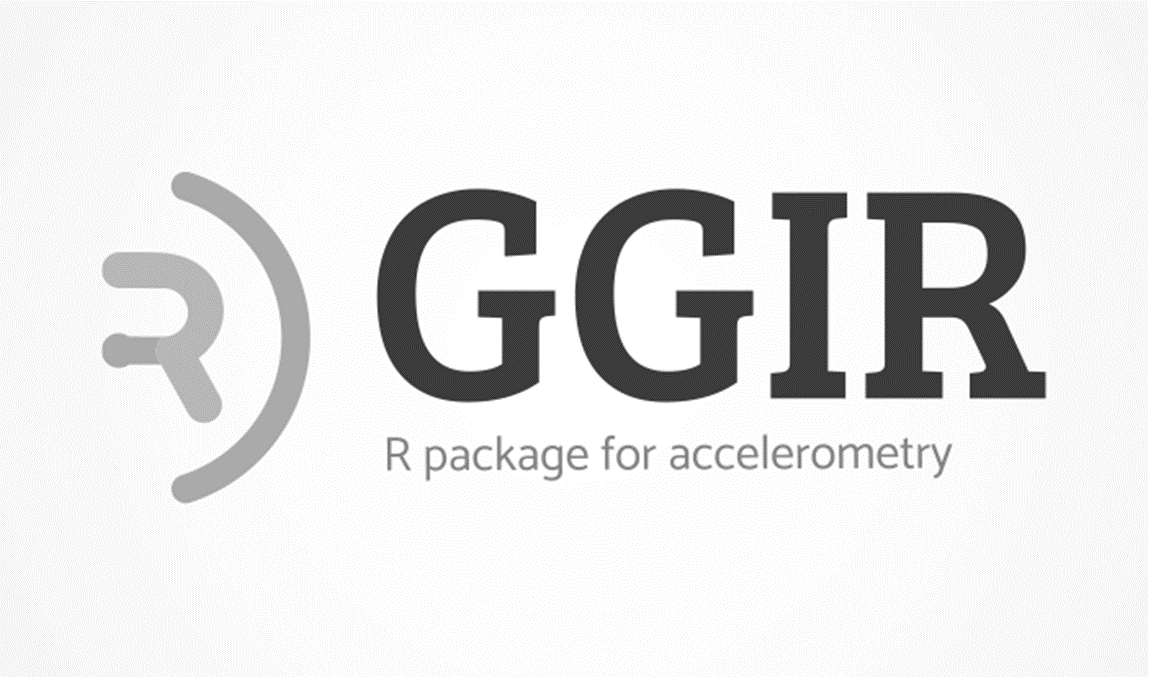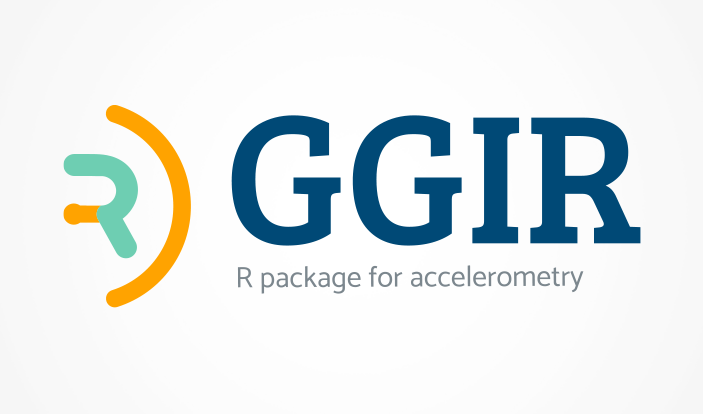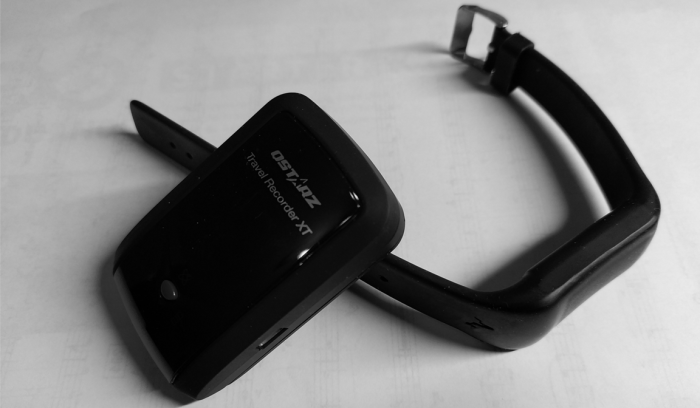 Monday, September 22, 2025 -
GGIR updates
GGIR release 3.3-0
Monday, September 22, 2025 -
GGIR updates
GGIR release 3.3-0
The GGIR 3.2-6 release is now on CRAN. In this blog post I will talk you through the main updates since the 3.2-0 CRAN release from February 2025. For a full overview see the GGIR changelog, where # numbers refer to specific issues in the GGIR GitHub repository.
Split your recordings
You can now split recordings into sub-recordings. For example, this is helpful in intervention studies where the accelerometer recordings start before and end after an intervention. The new functionality allows you to split recordings based on one or multiple participant specific known intervention time points. For details, see documentation parameter recording_split_times, recording_split_timeformat, recording_split_overlap, and recording_split_ignore_edges.
This work was made possible thanks to collaboration with Dr Chiara Petrosellini at University College London.
Read Matrix wearable by Parmay Tech
GGIRread and GGIR are now able to process data collected with Matrix sensors from Parmay Tech. The GGIR code automatically recognises this format, so you do not need to tell GGIR.
This work was done by Jairo Hidalgo Migueles and made possible thanks to sponsorship by Autonomous Region of Madrid and the Universidad Autónoma de Madrid.
Expanded compatibility with externally derived epoch data
I expanded GGIR’s ability to work with externally derived epoch data, which now includes:
- Fitbit (folder with .json)
- Actical (.csv)
- Actiwatch (.csv and .awd)
- Philips Health Band (.xlsx)
- SenseWear (.xlsx)
- MotionWatch8 (.awd)
- ActiGraph (.csv)
GGIR part 1 can now process all of these data types in parallel, just like it already did for raw data. By raw I mean: multiple acceleration values in gravitational units per second, which is not what the above data formats offer. For a general introduction about working with externally derived epoch data see chapter 1 of the documentation, and this CookBook section. For this to work, you will need to update your installations of both GGIR and GGIRread.
Please reach out if you encounter issues or problems, we would love to receive your feedback.
An important bit of outstanding work for the upcoming months is to improve documentation on the exact product names or versions GGIR facilitates, e.g. specific Fitbit names.
Further, I have added functionality to utilize the marker button data as stored in the .awd files to guide both sleep detection and nap detection.
This work has been made possible thanks to sponsorship by Prof. Christine DeLorenzo at the Center for Understanding Biology using Imaging Technology (CUBIT) of Stony Brook University, while the specific part about utilising marker button data has been made possible thanks to sponsorship by University College London.
Improved facilitation of externally derived epoch data
I have added the Oakley1997 sleep detection algorithm. Oakley and colleagues designed this algorithm for the counts as stored by devices such as Actiwatch 2, Philips Health Band, Actical, and a few others as sold by Philips Respironics and CamNTech. For details on the origin of the algorithm and how to use it in GGIR see the corresponding documentation section.
Further, GGIR now also makes it possible to use the classified sleep as stored in the Philips Health Band data, by specifying HASIB.algo = “data”. Note that for SenseWear and Fitbit this is the only option.
The first half of this work has been made possible thanks to collaboration with Dr Chiara Petrosellini at University College London, while the second half was sponsored by Prof. Christine DeLorenzo at Stony Brook University.
Enhancements to sleep regularity index
A couple of years ago I implemented the sleep regularity index. You can find an overview of all recent expansions in a new vignette.
Please note that I renamed the old SRI to SRI1. The default calculation is still the same, but in this way the distinction with both SRI2 and R package sleepreg is hopefully clearer.
This work was made possible thanks to sponsorship by the University of Pennsylvania.
Improved guidance on specifying date and time formats in R
Several GGIR parameters expect you as user to specify a date or time format in R code. As this is not easy for new R users, I have added a brief explanation on how to do this.
Change to GGIR training service
The GGIR training service I provided between 2019 and 2024 with support from Jairo Hidalgo Migueles has been discontinued. The now much improved free GGIR documentation has significantly reduced the need for dedicated training services. However, for those who still prefer to follow a training, please contact Jairo Hidalgo Migueles who will facilitate a GGIR training via his own website moving forward. A copy of the old training slides and materials, from January 2025, can be found here.


